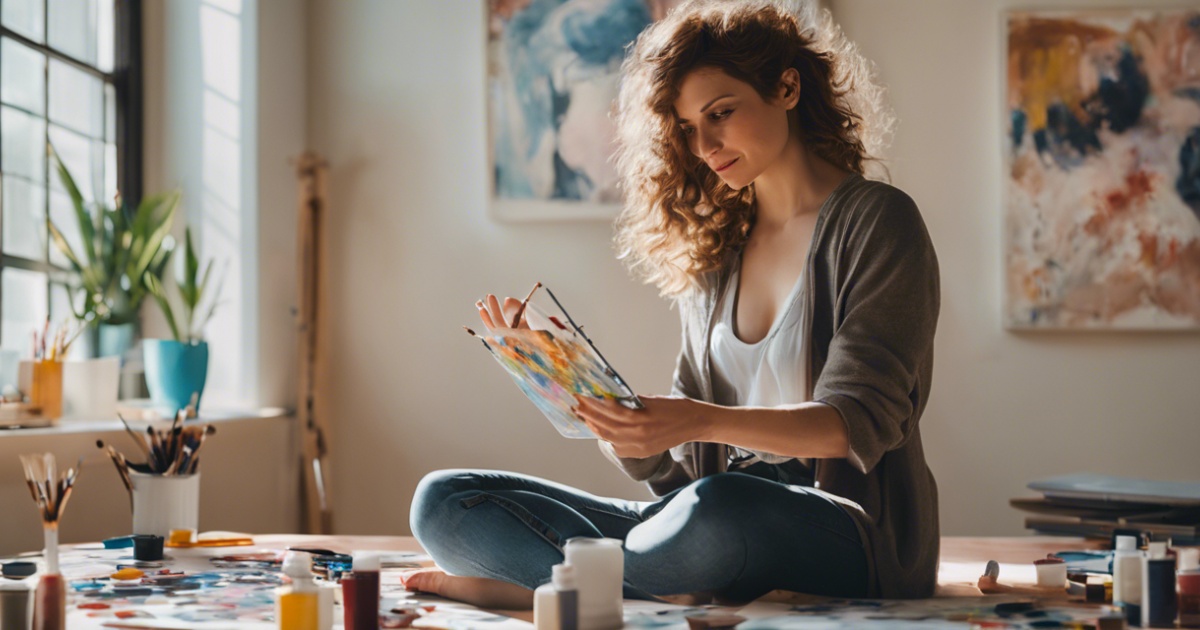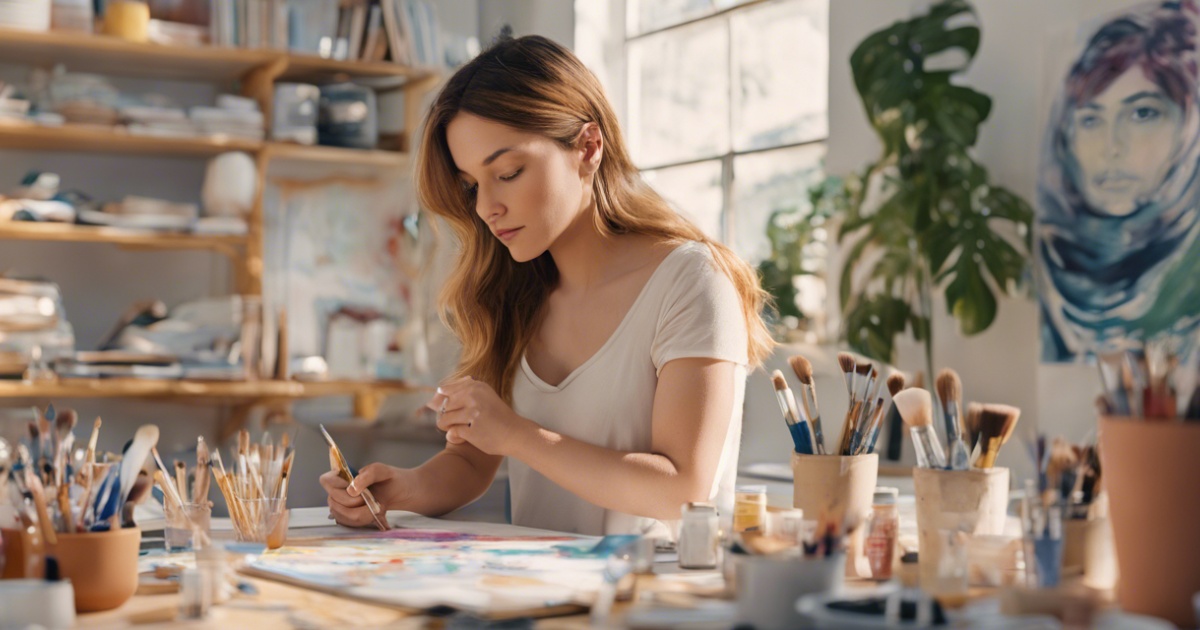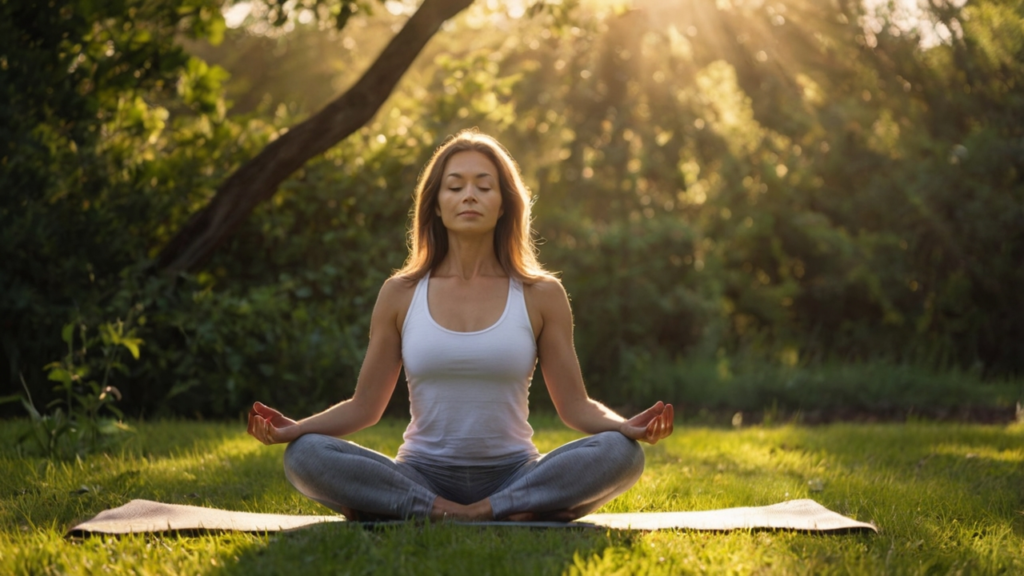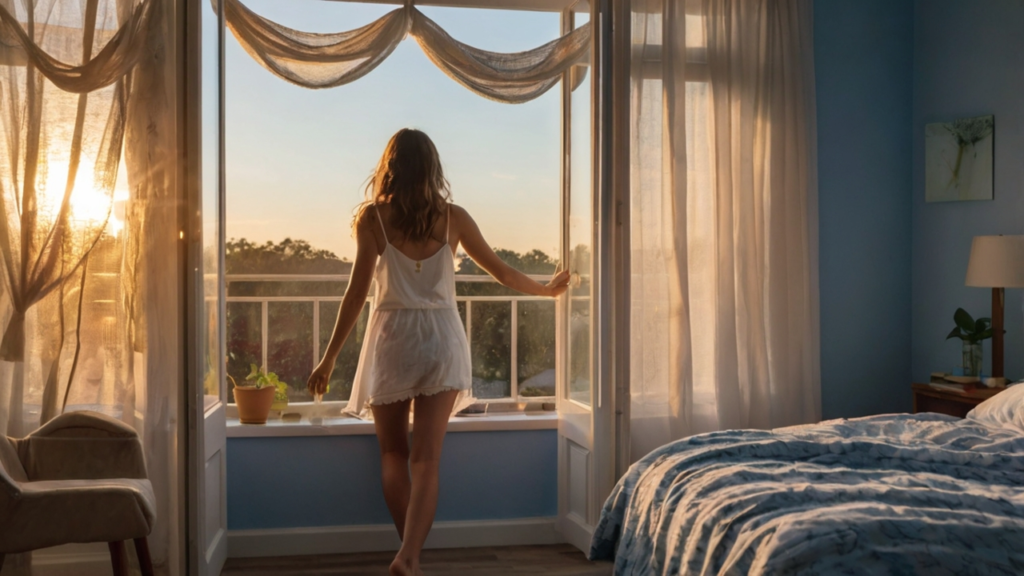The Impact of Art on Women’s Self-Care: How Painting, Writing, and Creating Transform the Mind
In the contemporary discourse surrounding mental health and self-care, a significant emphasis has been placed on the therapeutic potential of art. The intersection of art and healing, particularly for women, has garnered notable attention as we step into 2024. This article delves into the profound impact of artistic endeavors—such as painting, writing, and creating—on women’s self-care, mental health, and overall emotional well-being. By integrating recent statistics and exploring the latest trends, we aim to shed light on the transformative power of creativity for personal growth, stress relief, and empowerment.

The Rising Significance of Art Therapy in Self-Care
Art therapy has increasingly become a cornerstone in the dialogue about self-care and mental health support, particularly in understanding the impact of art on women’s self-care. As a formal area of therapy, it utilizes the process of creating art to improve mental, emotional, and physical well-being. The American Art Therapy Association highlighted in their 2023 report that approximately 37% of art therapy participants noted significant improvements in their psychological health following regular engagement with art-based activities.

Personal Growth Through Art
For many women, art serves as a medium for expressing the inexpressible, facilitating a profound journey of personal discovery and growth, which highlights the impact of art on women’s self-care. This process is not just about creating something aesthetically pleasing but rather, delving into the depths of one’s psyche, unearthing hidden emotions, and confronting unresolved issues. The act of painting, writing, or crafting can be a reflective practice, offering insights into personal experiences and fostering a deeper understanding of oneself.
Creativity and Emotional Well-Being
The link between creativity and emotional well-being is increasingly supported by empirical evidence, especially when considering the impact of art on women’s self-care. A 2024 study found that women who engaged in creative activities like painting for self-care or writing for wellness reported a 29% reduction in symptoms of anxiety and depression. These activities serve as a form of emotional release, allowing individuals to process feelings in a constructive and therapeutic manner.
Key Trends in Artistic Self-Care for 2025
As we delve into the future, several key trends have emerged, shaping how women incorporate art into their self-care routines:
- Mindfulness Through Art: This approach combines the principles of mindfulness with the creative process, encouraging women to focus on the present moment while engaging in artistic activities. It fosters a sense of calm and reduces stress by drawing attention away from negative thoughts and towards the act of creation.
- Digital Platforms for Art Therapy: The digitalization of art therapy resources has made it more accessible. Online workshops, virtual art therapy sessions, and digital art-making tools are on the rise, enabling women to explore creative self-care from the comfort of their homes.
- Community Art Projects for Empowerment: Collaborative art projects have gained popularity as a means of empowerment and solidarity among women. These initiatives provide a platform for shared experiences, fostering a sense of community and mutual support in personal and collective healing journeys.
The Therapeutic Benefits of Different Art Forms
Painting for Self-Care
Painting offers a visceral and immersive experience, allowing for the expression of emotions through colors and strokes, highlighting the impact of art on women’s self-care. It can be particularly effective in alleviating stress, as the act of painting encourages a flow state, where one’s worries are set aside to focus solely on the canvas. The physicality of painting—mixing colors, moving the brush—also contributes to a sense of presence and mindfulness.
Writing for Wellness
Writing, whether it be journaling, poetry, or storytelling, is a powerful tool for self-exploration and catharsis. It provides a safe space for venting frustrations, celebrating joys, and navigating complex emotions. Writing for wellness encourages a habit of introspection, helping women articulate their internal experiences and find meaning in them. The reflective nature of writing can illuminate patterns in thoughts and behaviors, promoting a greater understanding of oneself and facilitating emotional growth.
Creating for Mental Health
Beyond painting and writing, the act of creating in any form—be it sculpture, digital art, or crafts—can significantly enhance mental health, further demonstrating the impact of art on women’s self-care. These creative outlets offer diverse ways for women to engage with their inner selves, experiment with different mediums, and discover what best aids their emotional well-being. The tactile experience of creating something tangible can be particularly satisfying and grounding, providing a counterbalance to the digital overload many experience in today’s society.
“Engaging in creative writing helped me process emotions I didn’t even realize I was holding onto,” shared Anna, a regular advocate of self-care. (Quora)
Implementing Artistic Self-Care into Daily Life
Incorporating art into one’s self-care routine doesn’t require professional skills or expensive materials, reinforcing the impact of art on women’s self-care. Here are some practical ways to integrate creativity into everyday life for stress relief and personal growth:
- Dedicate a Creative Space: Allocate a specific area in your home where you can engage in artistic activities without interruption. This space can serve as a sanctuary for your creative endeavors.
- Set Aside Time for Creativity: Schedule regular intervals for artistic activities. Even 15-20 minutes a day can make a significant difference in your mental health and emotional well-being.
- Explore Various Mediums: Experiment with different forms of art to find what resonates with you. Whether it’s watercolors, clay modeling, or digital design, the key is to enjoy the process without focusing on the outcome.
- Join Artistic Communities: Engage with local or online communities that share your interest in art. Workshops, classes, and group projects can provide motivation and enrich your artistic journey.
- Use Art as a Form of Expression, Not Perfection: Approach your creative practice with an open mind. Remember, the goal is self-expression and personal growth, not creating a masterpiece.
Conclusion
Art, in its myriad forms, offers a sanctuary for the mind, a respite for the heart, and a playground for the soul. For women navigating the complexities of modern life, engaging in painting, writing, and creating serves as a powerful form of self-care, mental health support, and emotional liberation, highlighting the impact of art on women’s self-care. As we move forward into 2025, the role of art in fostering wellness, empowerment, and personal growth continues to evolve, providing endless opportunities for exploration, healing, and transformation. By embracing creativity, women can unlock new pathways to understanding themselves and the world around them, cultivating resilience, joy, and a profound sense of well-being in the process.




xnrh3n